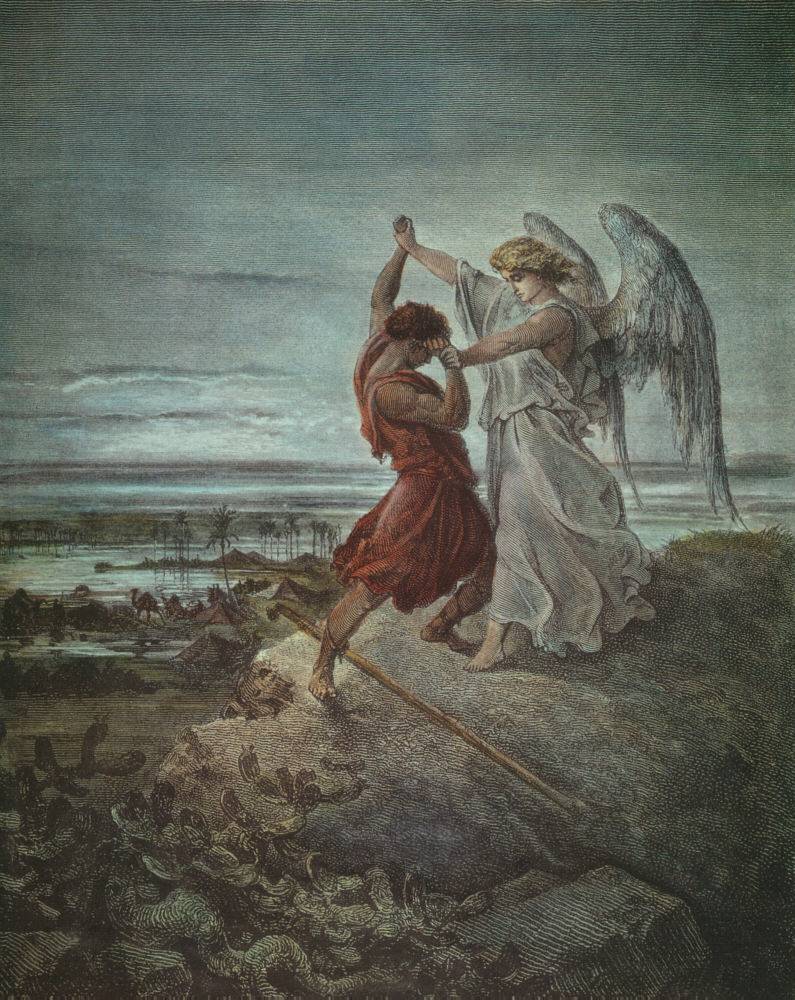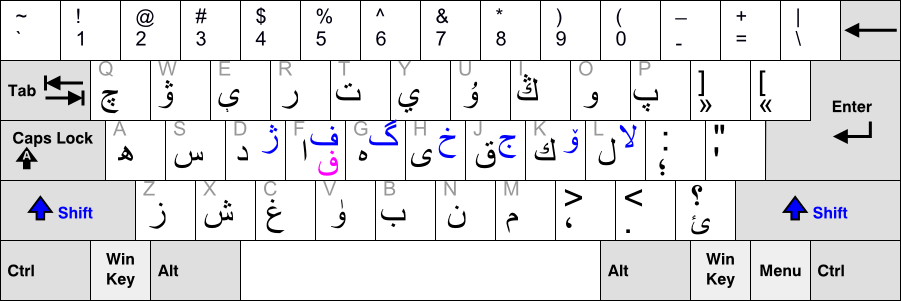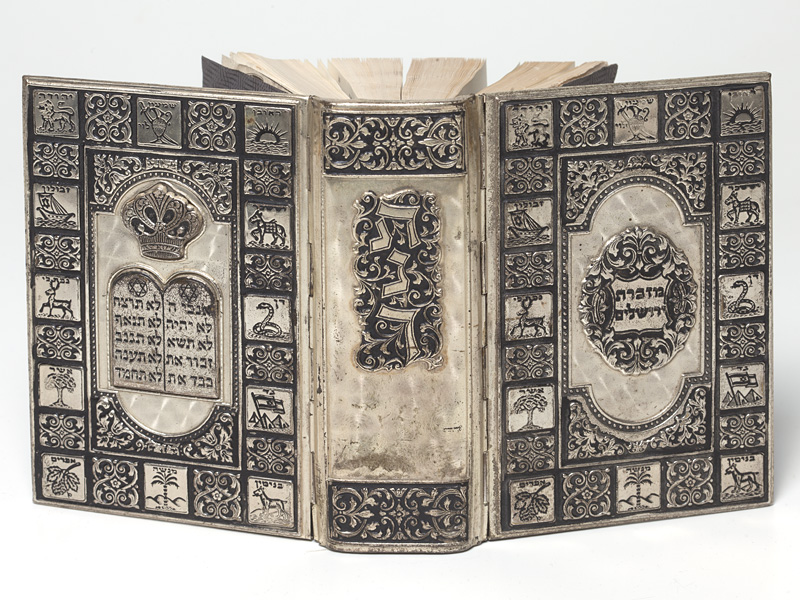|
Vayishlach (parsha)
Vayishlach (—Hebrew language, Hebrew for "and he sent," the incipit, first word of the parashah) is the eighth weekly Torah portion (, ) in the annual Judaism, Jewish cycle of Torah reading. In the parashah, Jacob reconciles with Esau after wrestling with a "man." The prince Shechem (biblical figure), Shechem rapes Dinah, whose brothers sack the city of Shechem in revenge. In the family's subsequent flight, Rachel gives birth to Benjamin and dies in childbirth. The parashah constitutes Book of Genesis, Genesis 32:4–36:43. The parashah has the most Chapters and verses of the Bible, verses of any weekly Torah portion in the Book of Genesis (Parashat Miketz has the most letters, Parashat Vayeira has the most words, and Parashat Noach (parsha), Noach has an equal number of verses as Parashat Vayishlach). It is made up of 7,458 Hebrew letters, 1,976 Hebrew words, 153 verses, and 237 lines in a Torah scroll (''Sefer Torah''). Jews read it the eighth Shabbat after Simchat Torah, in N ... [...More Info...] [...Related Items...] OR: [Wikipedia] [Google] [Baidu] [Amazon] |
Hebrew Language
Hebrew (; ''ʿÎbrit'') is a Northwest Semitic language within the Afroasiatic language family. A regional dialect of the Canaanite languages, it was natively spoken by the Israelites and remained in regular use as a first language until after 200 CE and as the liturgical language of Judaism (since the Second Temple period) and Samaritanism. The language was revived as a spoken language in the 19th century, and is the only successful large-scale example of linguistic revival. It is the only Canaanite language, as well as one of only two Northwest Semitic languages, with the other being Aramaic, still spoken today. The earliest examples of written Paleo-Hebrew date back to the 10th century BCE. Nearly all of the Hebrew Bible is written in Biblical Hebrew, with much of its present form in the dialect that scholars believe flourished around the 6th century BCE, during the time of the Babylonian captivity. For this reason, Hebrew has been referred to by Jews as '' ... [...More Info...] [...Related Items...] OR: [Wikipedia] [Google] [Baidu] [Amazon] |
Sefer Torah
file:SeferTorah.jpg, A Sephardic Torah scroll rolled to the first paragraph of the Shema file:Köln-Tora-und-Innenansicht-Synagoge-Glockengasse-040.JPG, An Ashkenazi Torah scroll rolled to the Decalogue file:Keneseth Eliyahoo Synagogue, Interior, Tora Cases.jpg, Torah cases at Knesset Eliyahoo, Knesset Eliyahoo Synagogue, Mumbai, India A Torah scroll (, , lit. "Book of Torah"; plural: ) is a manuscript, handwritten copy of the Torah, meaning the five books of Moses (the first books of the Hebrew Bible). The Torah scroll is mainly used in the ritual of Torah reading during Jewish prayers. At other times, it is stored in the holiest spot within a synagogue, the Torah ark, which is usually an ornate curtained-off cabinet or section of the synagogue built along the wall that most closely faces Jerusalem, the Mizrah, direction Jews face when Jewish prayer, praying. The text of the Torah is also commonly printed and bookbinding, bound in codex, book form for non-ritual functions ... [...More Info...] [...Related Items...] OR: [Wikipedia] [Google] [Baidu] [Amazon] |
Edom
Edom (; Edomite language, Edomite: ; , lit.: "red"; Akkadian language, Akkadian: , ; Egyptian language, Ancient Egyptian: ) was an ancient kingdom that stretched across areas in the south of present-day Jordan and Israel. Edom and the Edomites appear in several written sources relating to the late Bronze Age and to the Iron Age in the History of the ancient Levant, Levant, including the list of the New Kingdom of Egypt, Egyptian pharaoh Seti I from c. 1215 BC as well as in the chronicle of a campaign by Ramesses III (r. 1186–1155 BC), and the Tanakh. Archaeological investigation has shown that the nation flourished between the 13th and the 8th centuries BC and was destroyed after a period of decline in the 6th century BC by the Neo-Babylonian Empire, Babylonians. After the fall of the kingdom of Edom, the Edomites were pushed westward towards southern Kingdom of Judah, Judah by nomadic tribes coming from the east; among them were the Nabataeans, who first appeared in the h ... [...More Info...] [...Related Items...] OR: [Wikipedia] [Google] [Baidu] [Amazon] |
Leloir - Jacob Wrestling With The Angel
Luis Federico Leloir (September 6, 1906 – December 2, 1987) was an Argentine physician and biochemist who received the 1970 Nobel Prize in Chemistry for his discovery of the metabolic pathways by which carbohydrates are synthesized and converted into energy in the body. Although born in France, Leloir received the majority of his education at the University of Buenos Aires and was director of the private research group Fundación Instituto Campomar until his death in 1987. His research into sugar nucleotides, carbohydrate metabolism, and renal hypertension garnered international attention and led to significant progress in understanding, diagnosing and treating the congenital disease galactosemia. Leloir is buried in La Recoleta Cemetery, Buenos Aires. Biography Early years Leloir's parents, Federico Augusto Rufino and Hortencia Aguirre de Leloir, traveled from Buenos Aires to Paris in the middle of 1906 with the intention of treating Federico's illness. However, Federic ... [...More Info...] [...Related Items...] OR: [Wikipedia] [Google] [Baidu] [Amazon] |
ArtScroll
ArtScroll is an imprint of translations, books and commentaries from an Orthodox Jewish perspective published by Mesorah Publications, Ltd., a publishing company based in Rahway, New Jersey. Rabbi Nosson Scherman is the general editor. ArtScroll's first president, Rabbi Meir Zlotowitz (July 13, 1943 – June 24, 2017) was succeeded by his oldest son, Rabbi Gedaliah Zlotowitz, whose name is listed secondarily in new publications as general editor, after that of Rabbi Scherman. History In 1975, Rabbi Meir Zlotowitz, a graduate of Mesivtha Tifereth Jerusalem, was director of a high-end graphics studio in New York. The firm, ArtScroll Studios, produced ketubot, brochures, invitations, and awards. Rabbi Nosson Scherman, then principal of Yeshiva Karlin Stolin Boro Park, was approached by Zlotowitz who had helped him write copy for brochures and journals in the past, and they collaborated on a few projects. In late 1975, Zlotowitz wrote an English translation and commentary o ... [...More Info...] [...Related Items...] OR: [Wikipedia] [Google] [Baidu] [Amazon] |
Brooklyn
Brooklyn is a Boroughs of New York City, borough of New York City located at the westernmost end of Long Island in the New York (state), State of New York. Formerly an independent city, the borough is coextensive with Kings County, one of twelve original counties established under English rule in 1683 in what was then the Province of New York. As of the 2020 United States census, the population stood at 2,736,074, making it the most populous of the five boroughs of New York City, and the most populous Administrative divisions of New York (state)#County, county in the state.Table 2: Population, Land Area, and Population Density by County, New York State - 2020 New York State Department of Health. Accessed January 2, 2024. [...More Info...] [...Related Items...] OR: [Wikipedia] [Google] [Baidu] [Amazon] |
Samekh
Samekh or samech is the fifteenth Letter (alphabet), letter of the Semitic abjads, including Phoenician alphabet, Phoenician ''sāmek'' 𐤎, Hebrew alphabet, Hebrew ''sāmeḵ'' , Aramaic alphabet, Aramaic ''samek'' 𐡎, and Syriac alphabet, Syriac ''semkaṯ'' ܣ. Arabic script, Arabic sīn س represents samekh, but there is no surviving descendant of samekh in the arabic alphabet. However, it was present in the Nabataean alphabet, the Arabic alphabet's immediate predecessor, as the letter ''simkath'' , which was related to the Ancient North Arabian 𐪏 and Ancient South Arabian script, South Arabian . The gematria, numerical value of samekh is 60. Samekh represents a voiceless alveolar fricative . In the Hebrew language, the samekh has the same pronunciation as the left-dotted Shin (letter)#Hebrew shin/sin, shin . Origin The Phoenician letter may continue a glyph from the Middle Bronze Age alphabets, possibly based on a Egyptian hieroglyphs, hieroglyph for a tent ... [...More Info...] [...Related Items...] OR: [Wikipedia] [Google] [Baidu] [Amazon] |
Pe (Semitic Letter)
Pe is the seventeenth Letter (alphabet), letter of the Semitic abjads, including Arabic alphabet, Arabic ''fāʾ'' , Aramaic alphabet, Aramaic ''pē'' 𐡐, Hebrew alphabet, Hebrew ''pē'' , Phoenician alphabet, Phoenician ''pē'' 𐤐, and Syriac alphabet, Syriac ''pē'' ܦ. (in abjadi order). It is related to the Ancient North Arabian 𐪐, Ancient South Arabian script, South Arabian , and Geʽez script, Ge'ez . The original sound value is a voiceless bilabial plosive and it retains this value in most Semitic languages, except for Arabic, where the sound changed into the voiceless labiodental fricative , carrying with it the pronunciation of the letter. However, the sound in Arabic is used in loanwords with the letter ''pe (Persian letter), pe'' as an alternative. Under the Persian influence, many Arabic dialects in the Persian Gulf, as well as in Egyptian Arabic, Egypt and in some of the Maghreb under the Ottoman influence uses the letter ''pe'' to represent the sound wh ... [...More Info...] [...Related Items...] OR: [Wikipedia] [Google] [Baidu] [Amazon] |
Hebrew Bible
The Hebrew Bible or Tanakh (;"Tanach" . '' Random House Webster's Unabridged Dictionary''. ; ; or ), also known in Hebrew as (; ), is the canonical collection of scriptures, comprising the Torah (the five Books of Moses), the Nevi'im (the Books of the Prophets), and the [...More Info...] [...Related Items...] OR: [Wikipedia] [Google] [Baidu] [Amazon] |
Tanakh
The Hebrew Bible or Tanakh (;"Tanach" . ''''. ; ; or ), also known in Hebrew as (; ), is the canonical collection of scriptures, comprising the (the five Books of Moses), the |
Masoretic Text
The Masoretic Text (MT or 𝕸; ) is the authoritative Hebrew and Aramaic text of the 24 books of the Hebrew Bible (''Tanakh'') in Rabbinic Judaism. The Masoretic Text defines the Jewish canon and its precise letter-text, with its vocalization and accentuation known as the ''masora''. Referring to the Masoretic Text, ''masora'' specifically means the diacritic markings of the text of the Jewish scriptures and the concise marginal notes in manuscripts (and later printings) of the Tanakh which note textual details, usually about the precise spelling of words. It was primarily copied, edited, and distributed by a group of Jews known as the Masoretes between the 7th and 10th centuries of the Common Era (CE). The oldest known complete copy, the Leningrad Codex, dates to 1009 CE and is recognized as the most complete source of biblical books in the Ben Asher tradition. It has served as the base text for critical editions such as Biblia Hebraica Stuttgartensia and Adi. The d ... [...More Info...] [...Related Items...] OR: [Wikipedia] [Google] [Baidu] [Amazon] |
Aliyah (Torah)
An (; pl. , ; or ) is the calling of a member of a Jewish congregation up to the '' bimah'' for a segment of the formal Torah reading. One receiving an is called an (male) or (female). The individual receiving the goes up to the ''bimah'' before the chanting and recites a series of blessings specific to ritualized Torah chanting. After the portion of the Torah is read, the recipient recites another blessing. Babylonian Jewry completed the cycle of Torah portions annually, and Palestinian Jewry adopted a triennial cycle, according to '' Megillah'' 29b. The weekly chanting of the ''haftara'', a portion of the ''Nevi'im'' linked by the '' Tannaim'' to the week's Torah portion, originated during the Mishnaic era (''Megillah'' 24a). This practice probably began after the canonization of the Hebrew Bible and the ensuing effort by Jews to highlight the Jewish prophets. Process The Torah reading consists of a series of ''aliyot'': three on normal weekdays, seven on Shabbat, ... [...More Info...] [...Related Items...] OR: [Wikipedia] [Google] [Baidu] [Amazon] |








